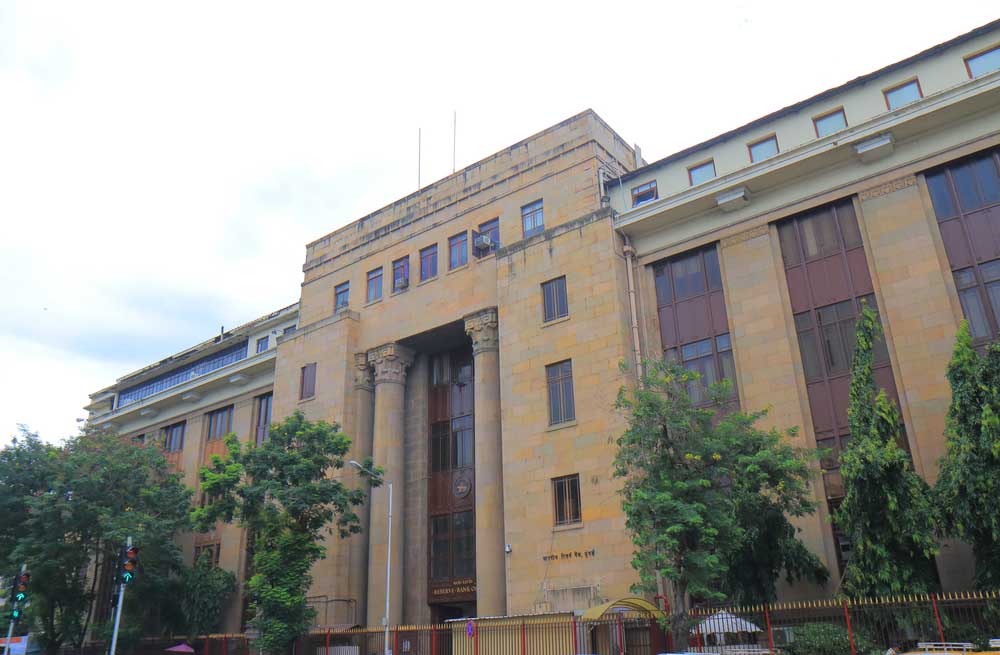RBI’s move to infuse liquidity through a dollar rupee swap action had its impact on the markets with financial stocks gaining even as government security prices witnessed some softness on apprehensions of lower bond purchases by the central bank through open market operations (OMOs).
Its effect was also felt in the forex markets, with the rupee initially coming under pressure. However, the currency, which has been on a strong turf lately, ended at a seven-month high on expectations of robust inflows.
On Wednesday, the RBI had announced it will widen its liquidity management toolkit. The central bank will inject rupee liquidity of longer duration worth $5 billion through long-term foreign exchange buy/sell swap.
The RBI will conduct an auction on March 26 and the buy/sell swap will run till March 28, 2022. The process will see banks selling dollars to the RBI in exchange of rupees. The dollars sold by the lenders will be bought back at the end of the swap period.
The announcement comes at a time liquidity in the system is expected to remain tight because of advance tax outflows. Experts said another objective of the RBI is to prevent a sharp appreciation
in the value of the rupee because of robust inflows from foreign portfolio investors (FPIs) and other transactions such as the $6billion proposed acquisition of Essar Steel by ArcelorMittal.
Speaking to The Telegraph, Ananth Narayan, professor at the SP Jain Institute of Management and Research (SPJIMR), said currency swap was another tool to infuse liquidity. The RBI, so far, has been using open market operations.
“By itself, it should reduce the forward premia for dollar-rupee which means it will be cheaper for importers to buy in the forward market and also be attractive for those who want to raise dollar borrowings and convert them into rupee. So it should bring down the cost of funds for those who can borrow dollars,” he said.
With liquidity in the system expected to improve, financial stocks such as IndusInd Bank, Yes Bank, Kotak Bank and HDFC rose up to 2.84 per cent on expectations of better loan growth.
Market circles added that it could also improve monetary transmission.











